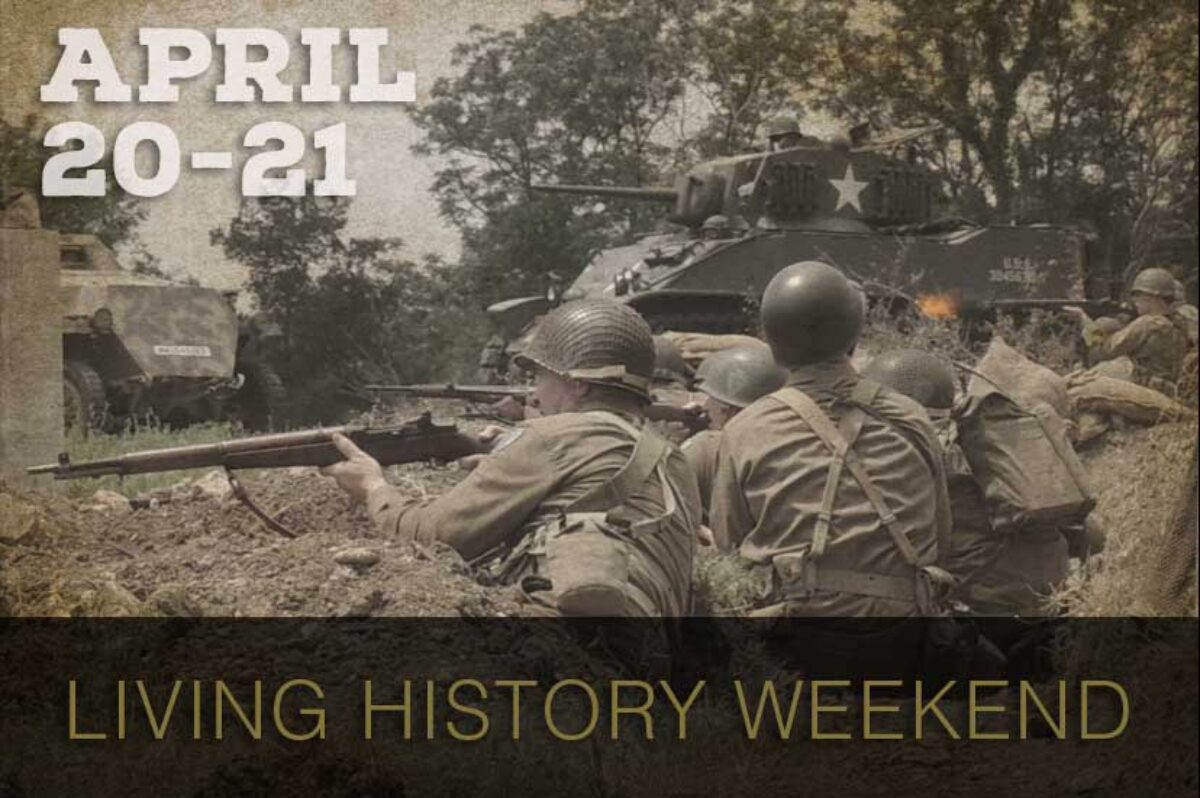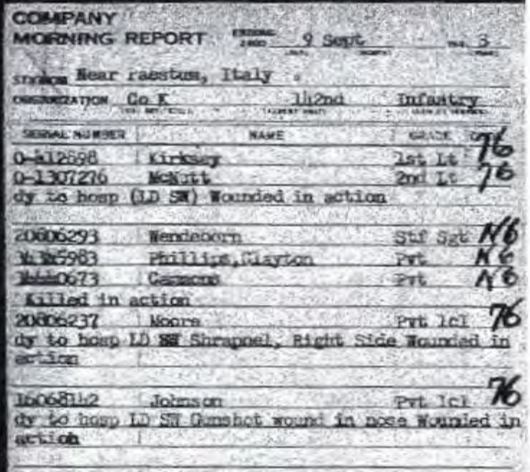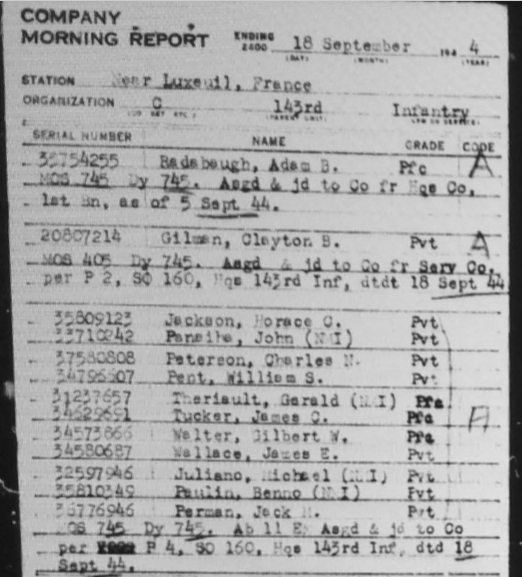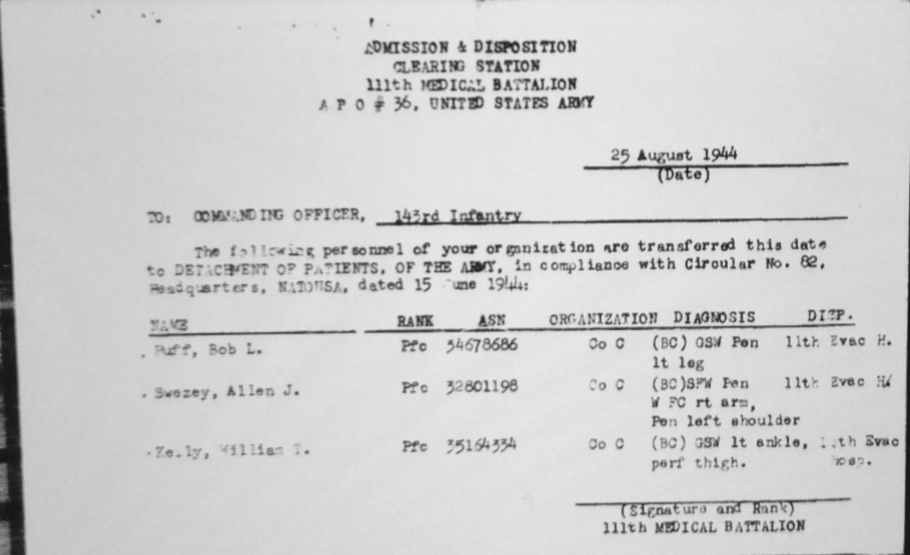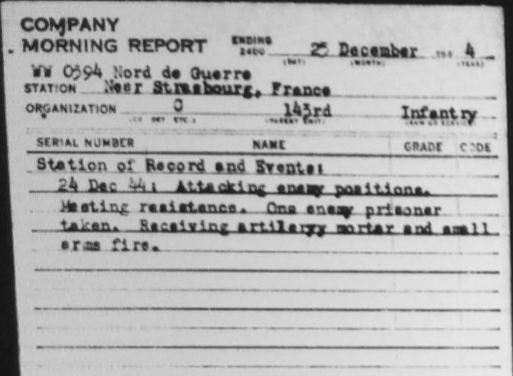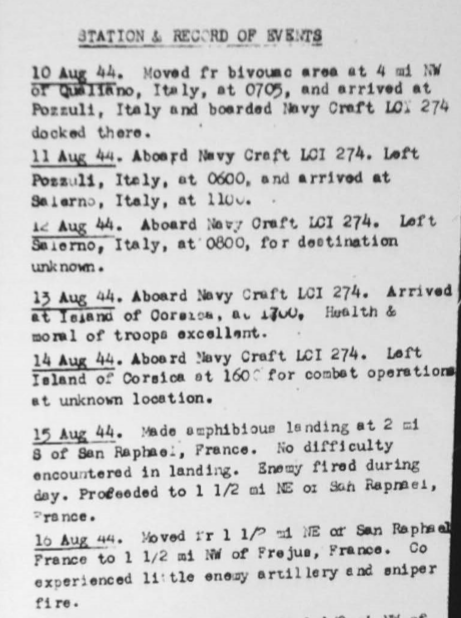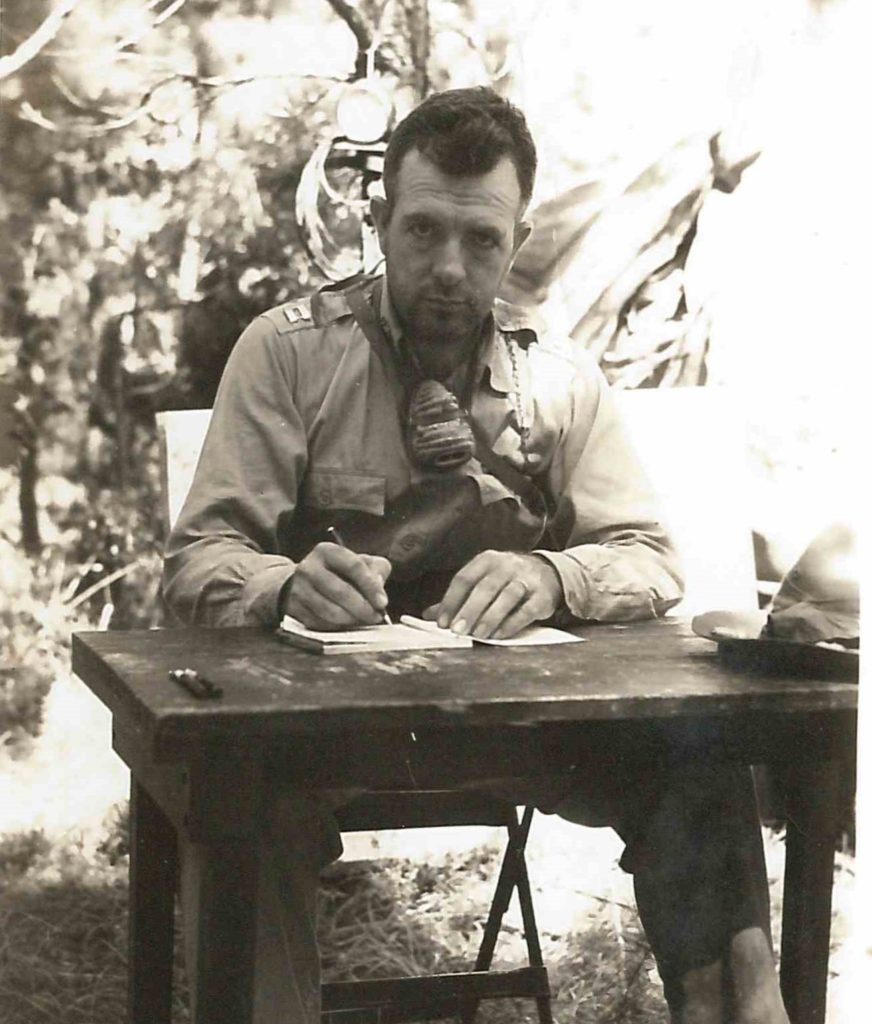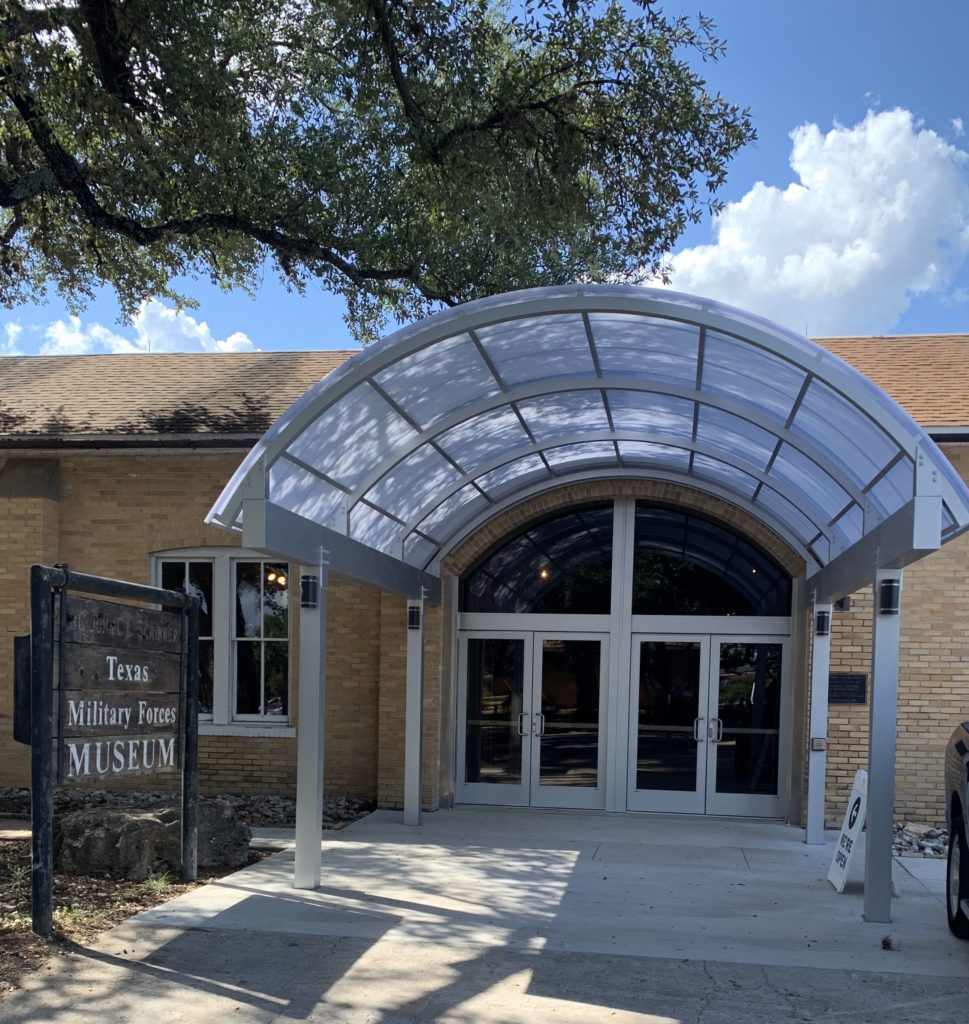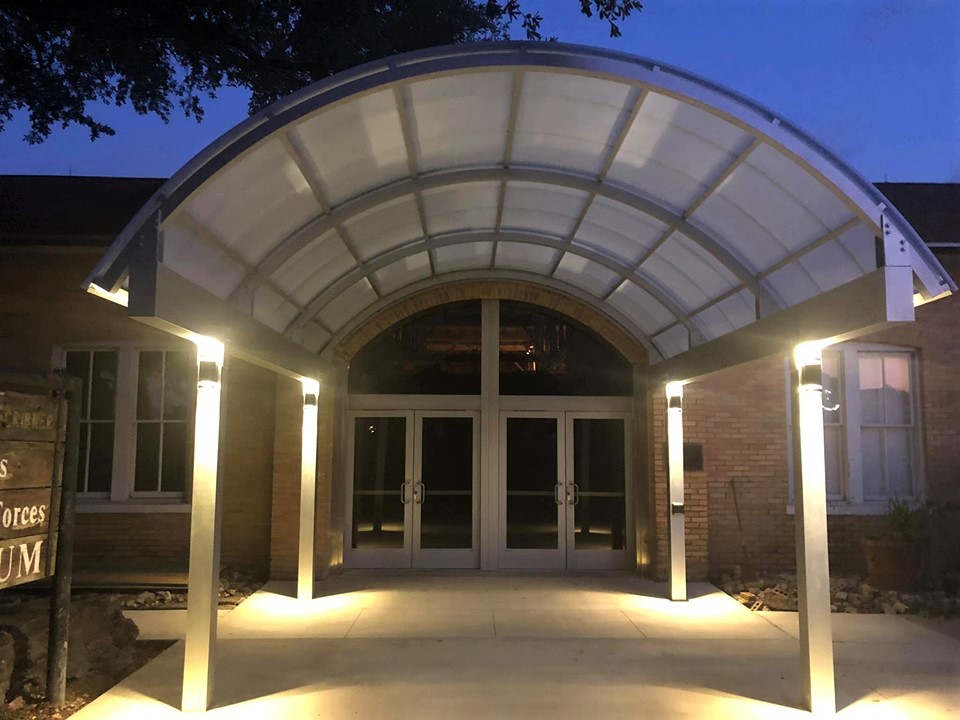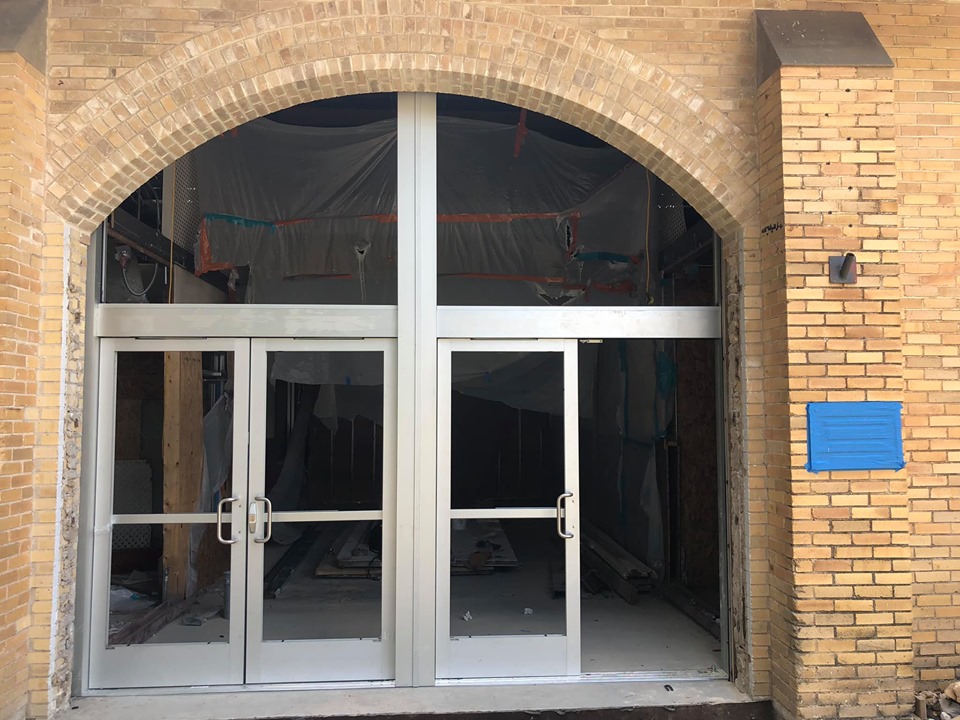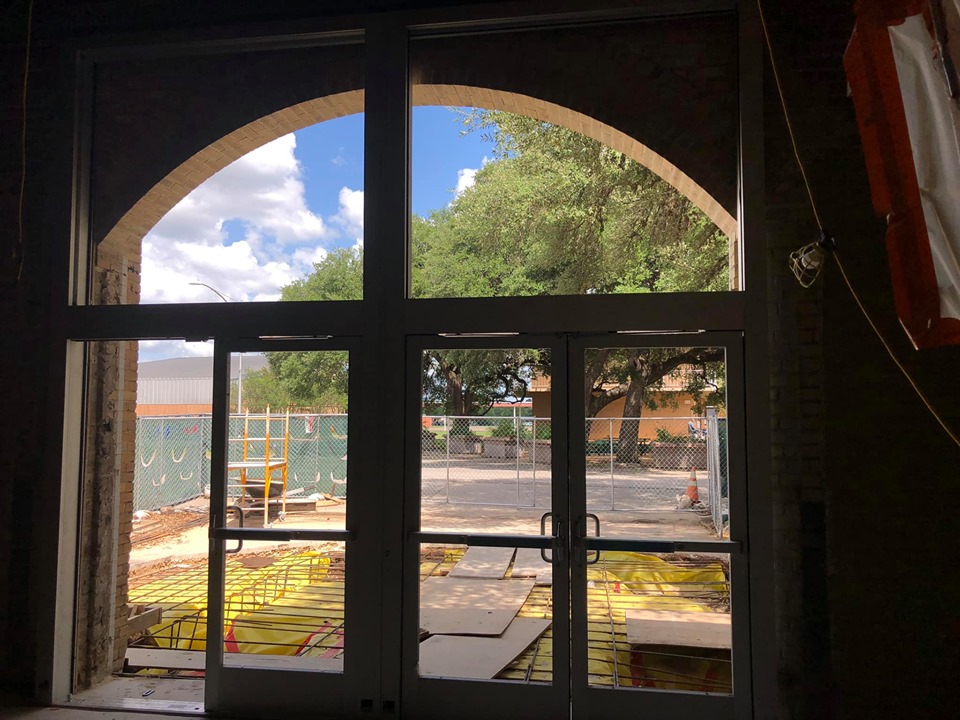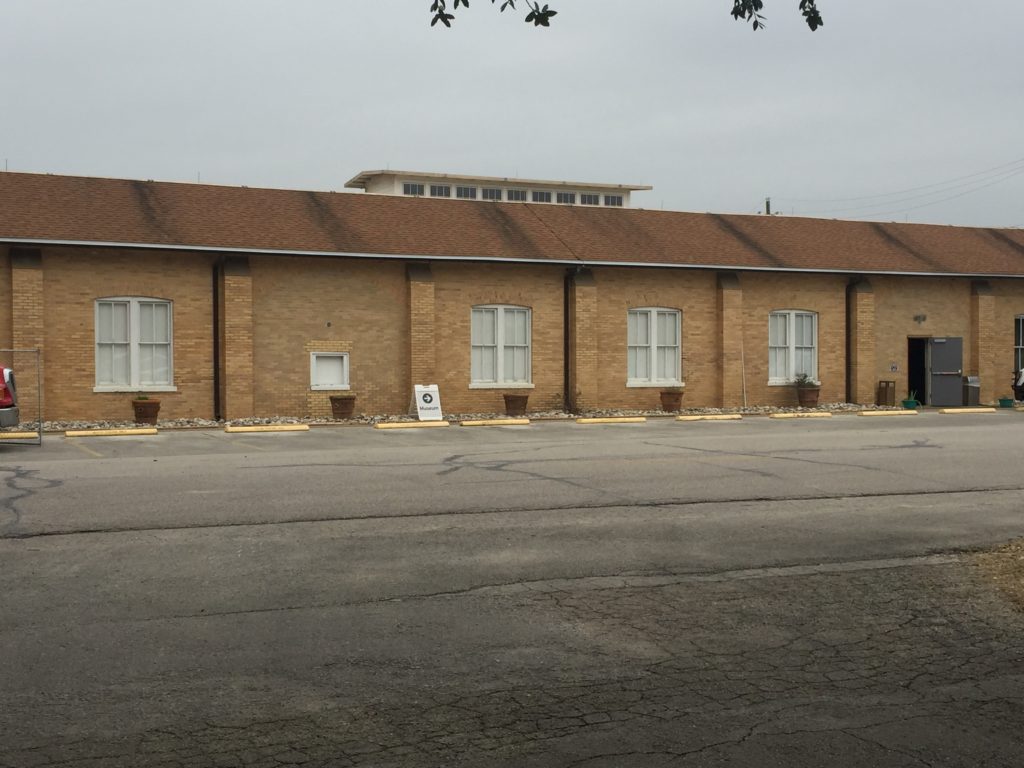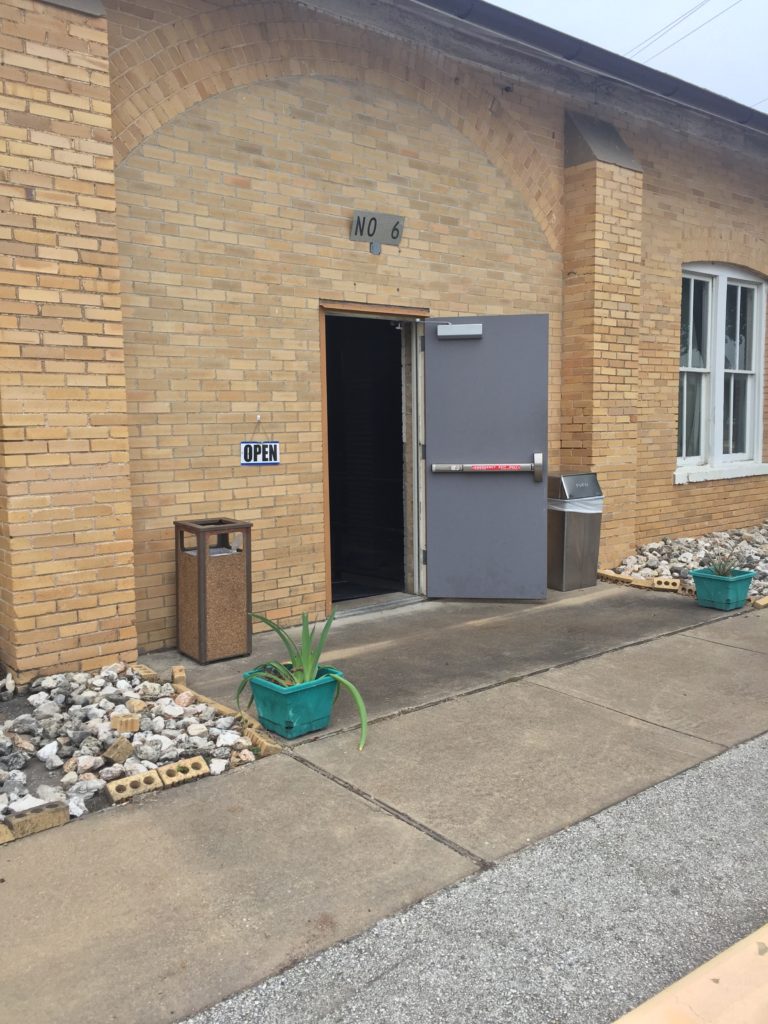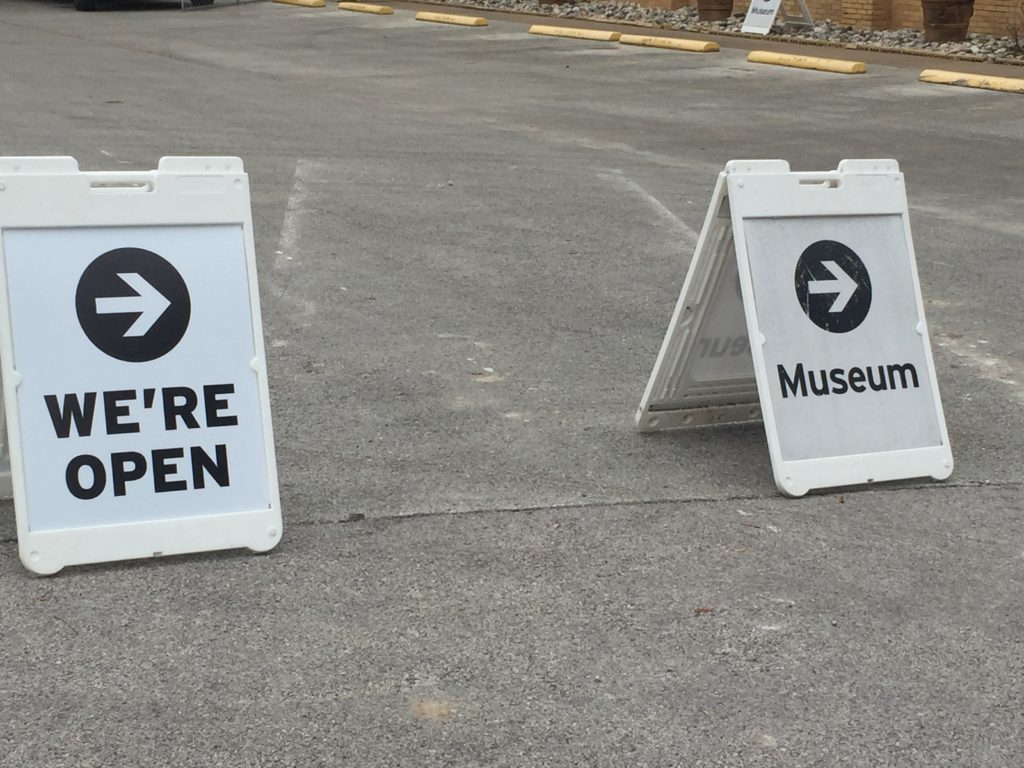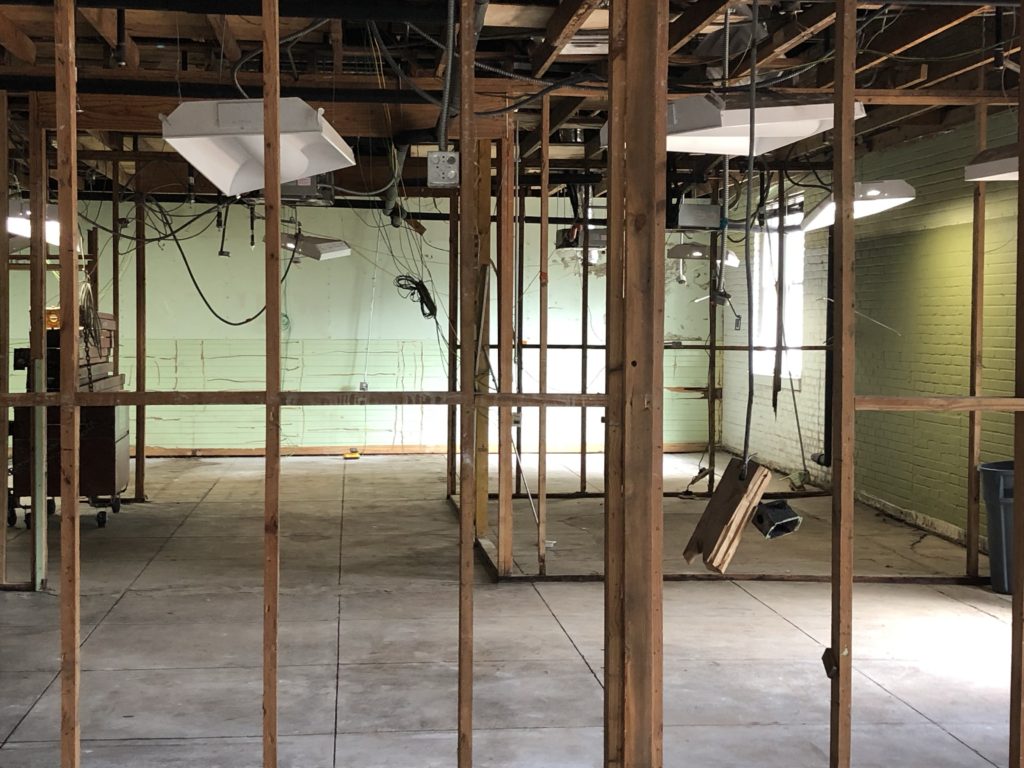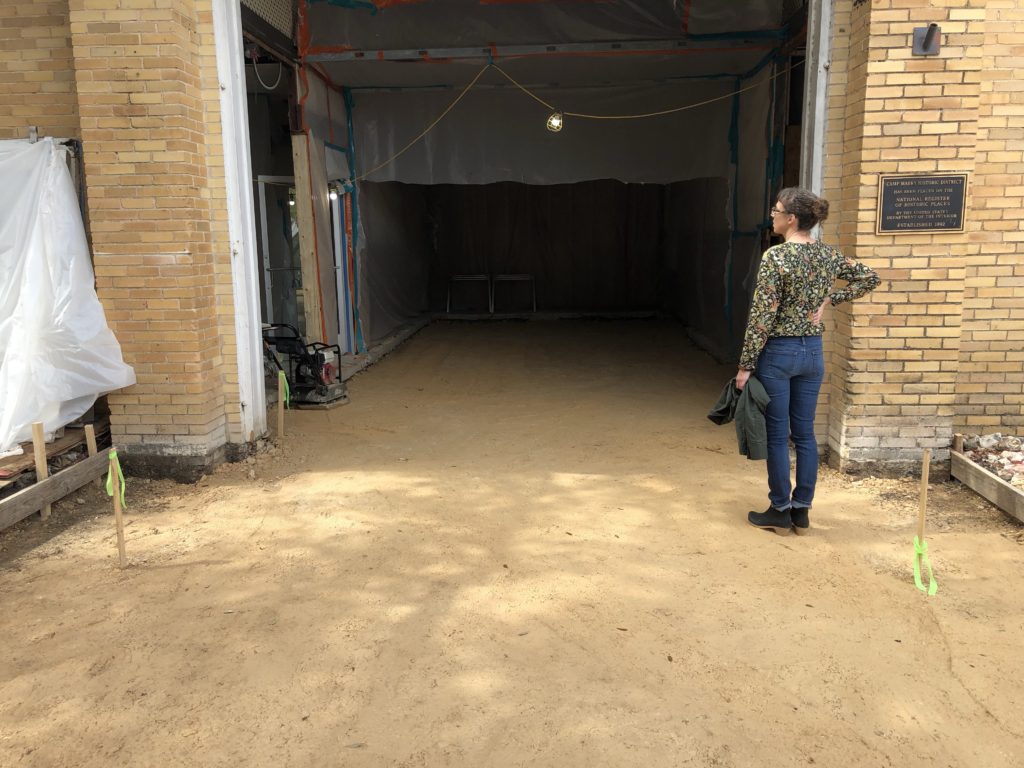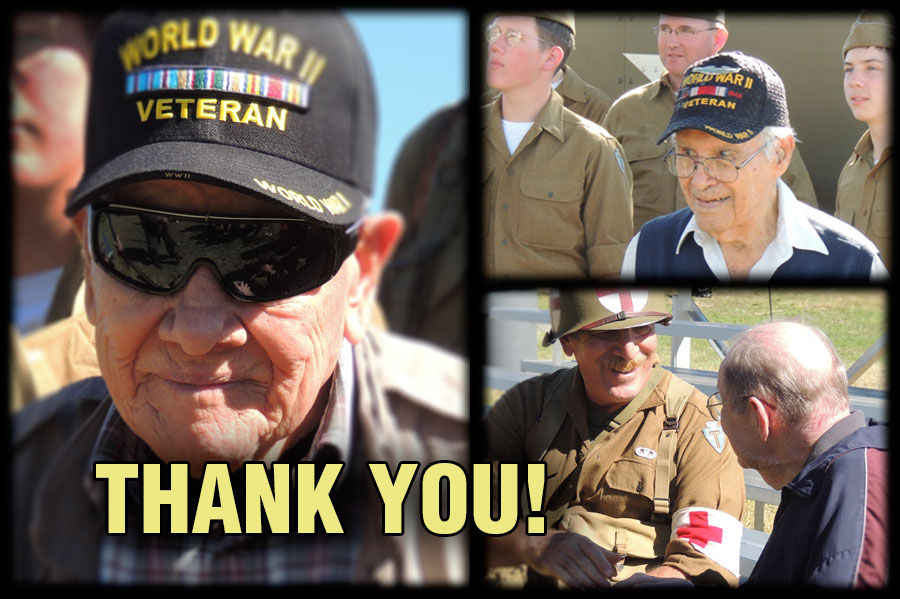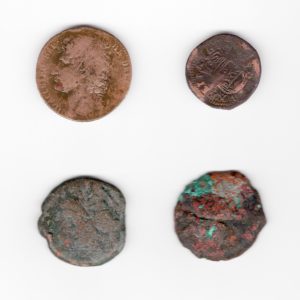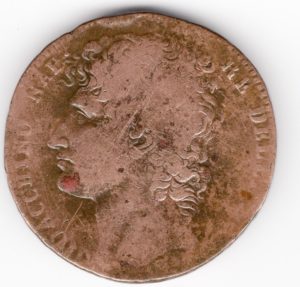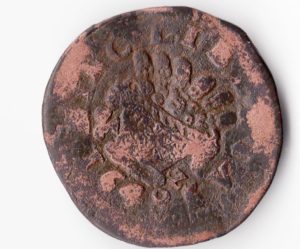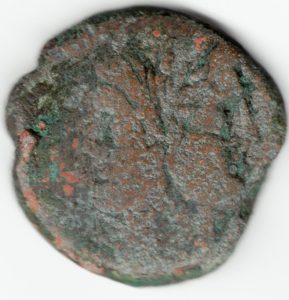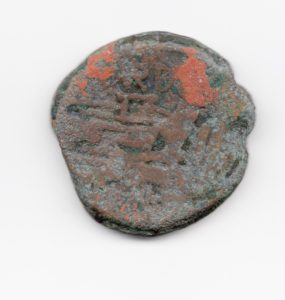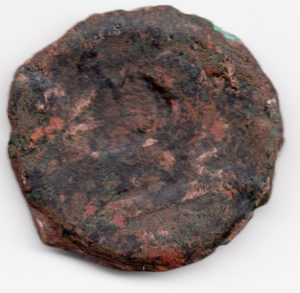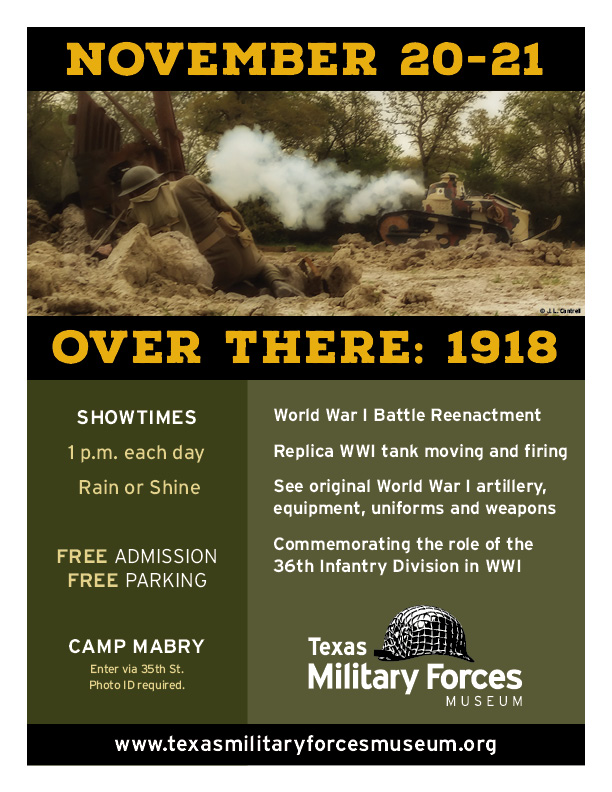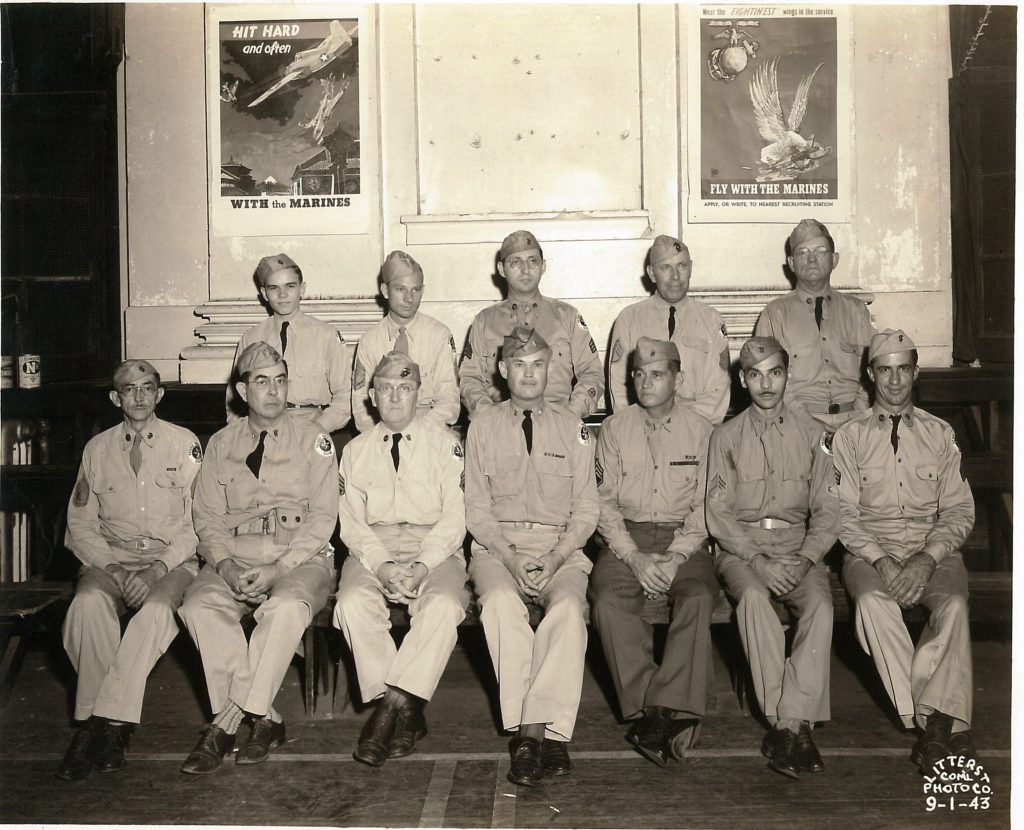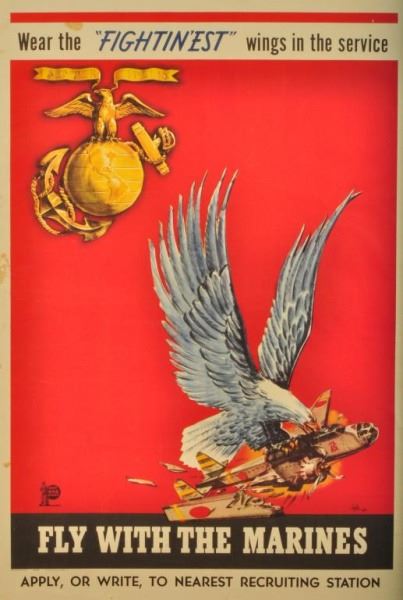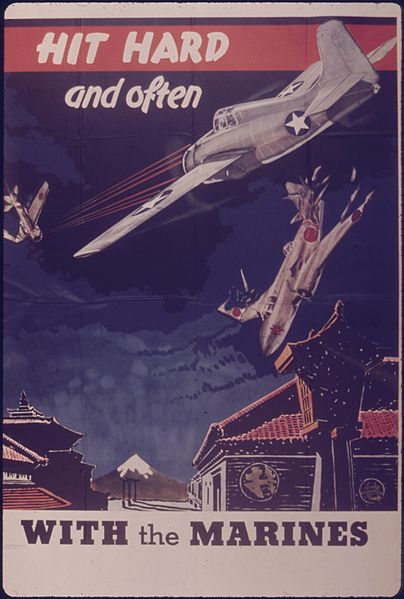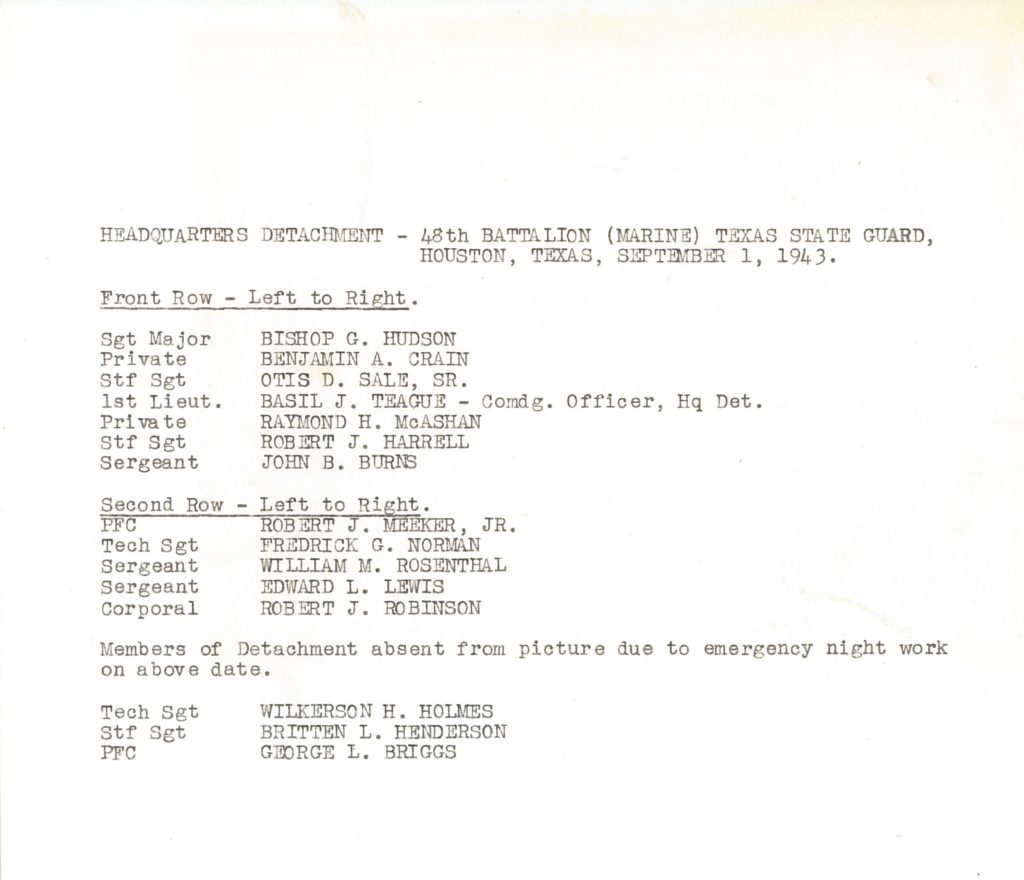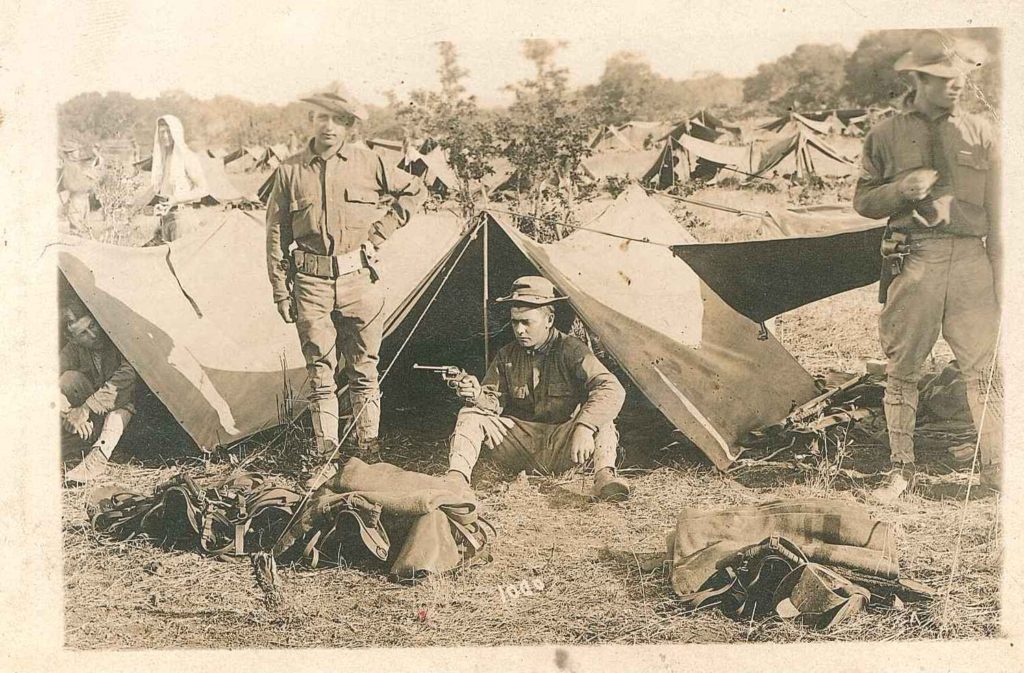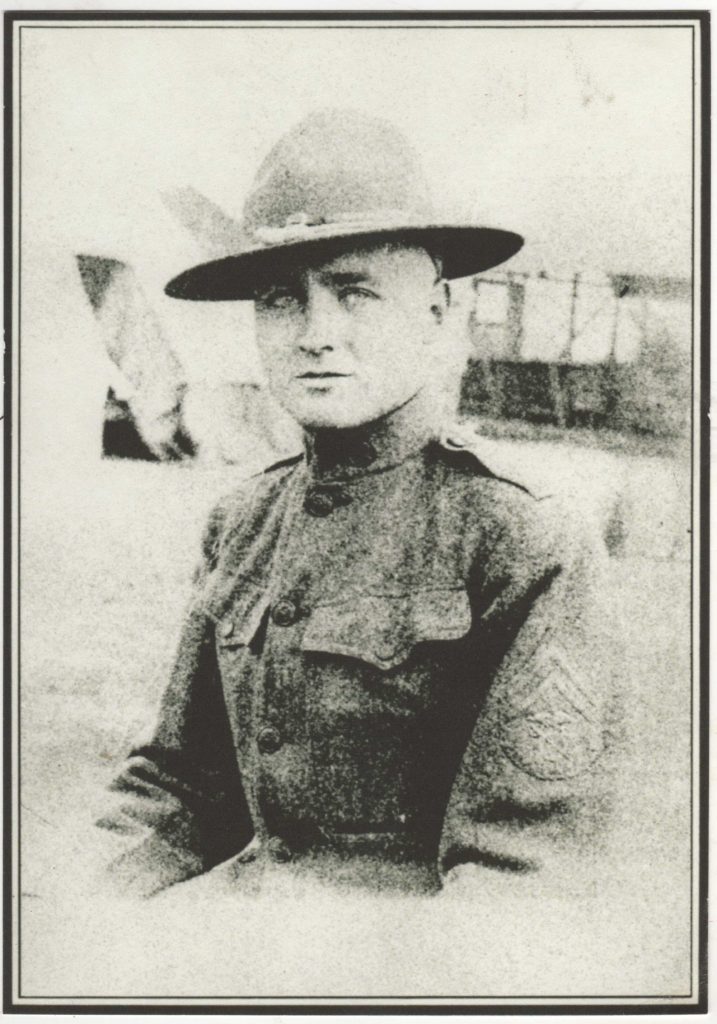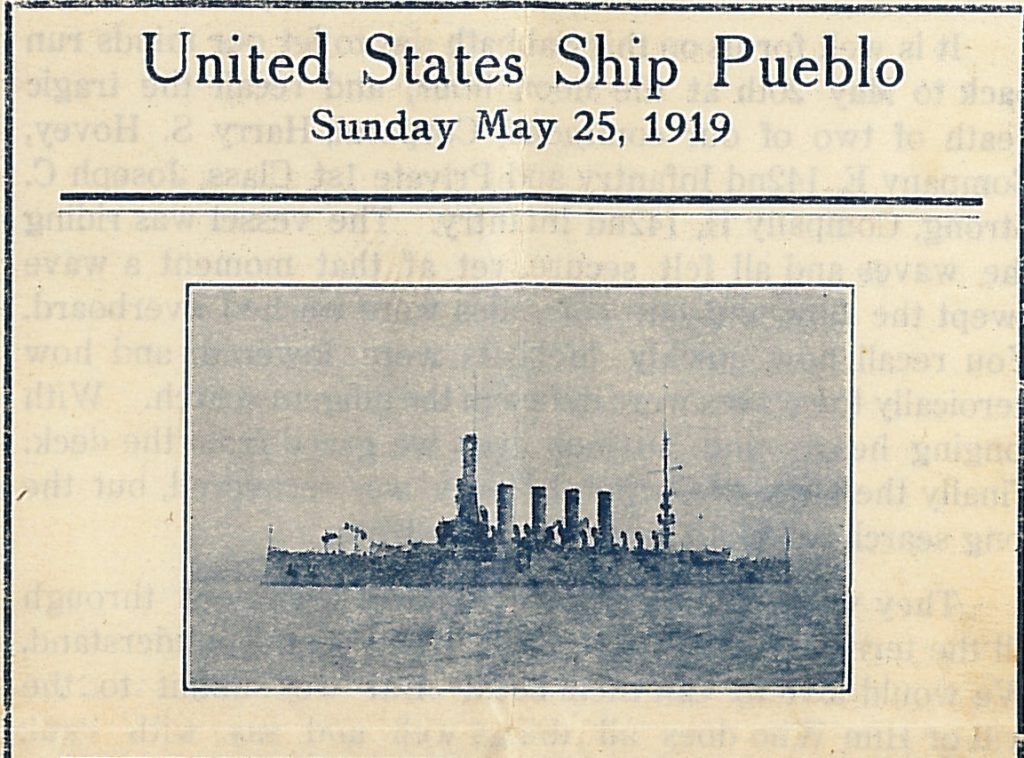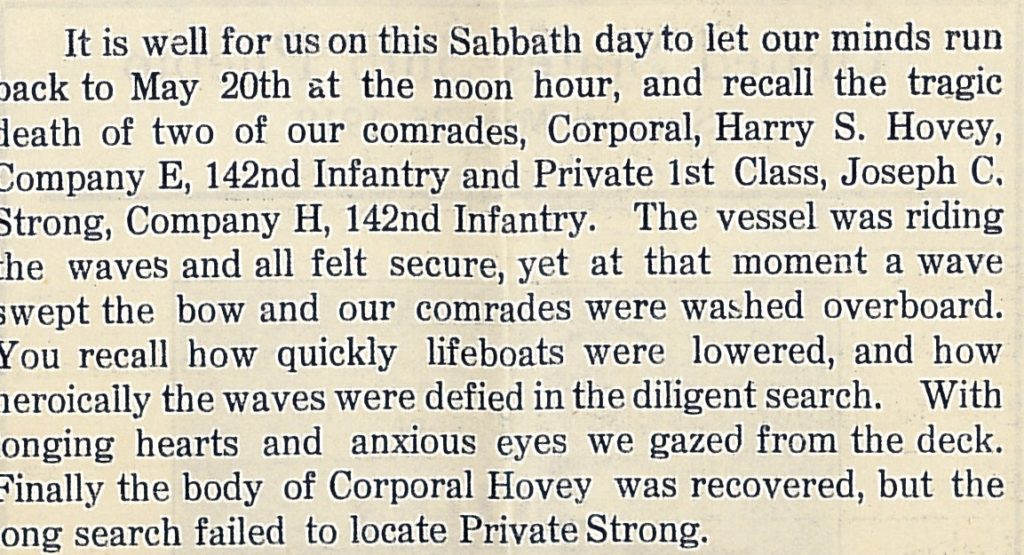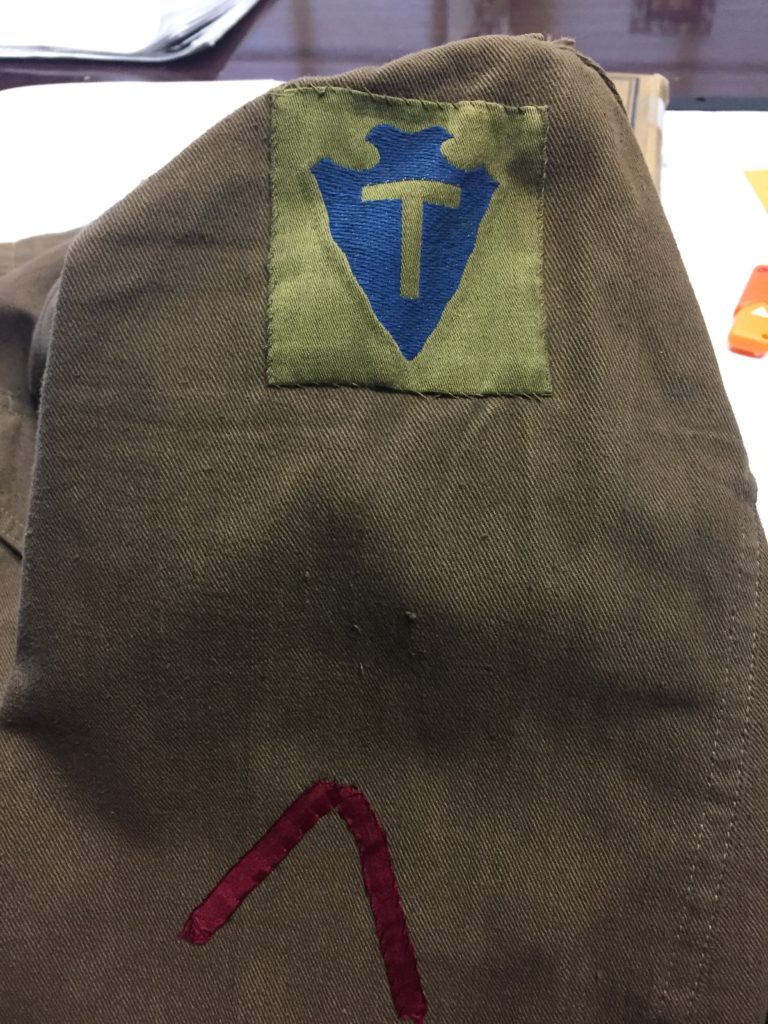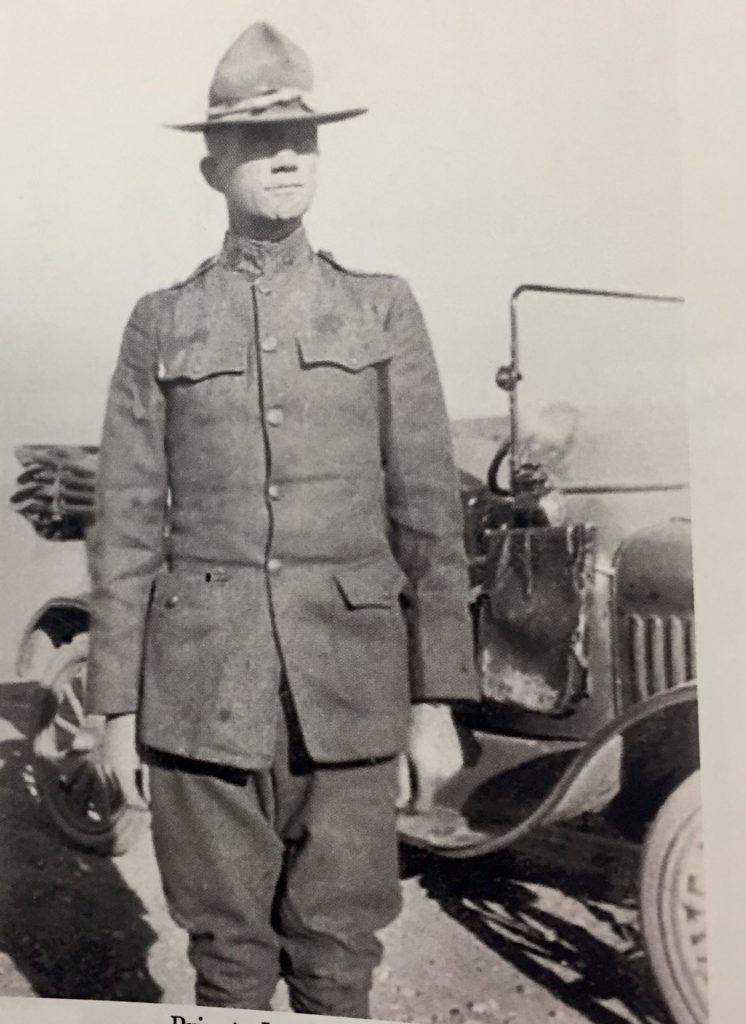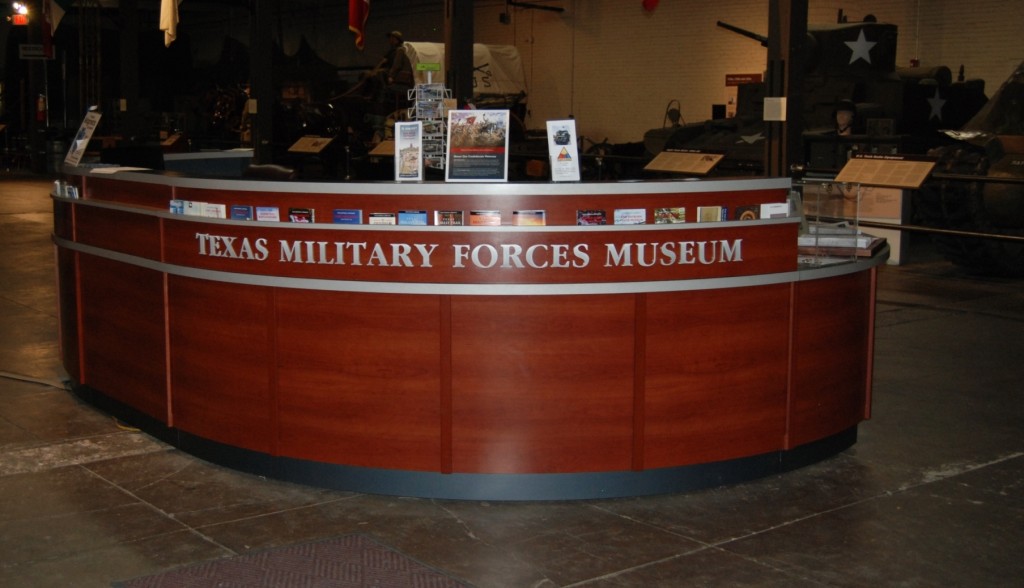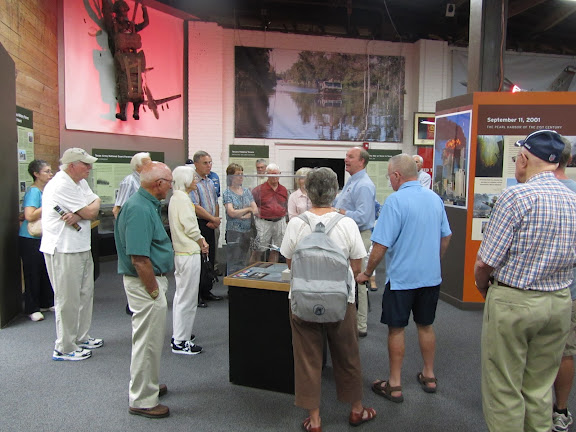It is possible to use a site I call the coordinates translator to find WWII map coordinates in Europe on a modern map. It takes a bit of work, but it can be a very useful tool: http://www.echodelta.net/mbs/eng-translator.php
You need to know which of the maps to look at, there are 9 options on the page: British Cassini, Irish Cassini, Nord de Guerre, French Lambert Zone 1, French Lambert Zone 2, French Lambert Zone 3, Italian Northern Grid, Italian Southern, Scandinavian Zone 3 and if you don’t have the 2 letter code in front of the numbers then you have to make an educated guess.
For example, attached is a page from the S3 journal for the 141st Inf Regt. for December 10-11, 1944. It has many map coordinates, we will take the first one -683493- which is for Company C. There is no letter code but the name of a town, Sigolahiem is mentioned further down so we can use that to help get us in the general area so we can choose the correct map.
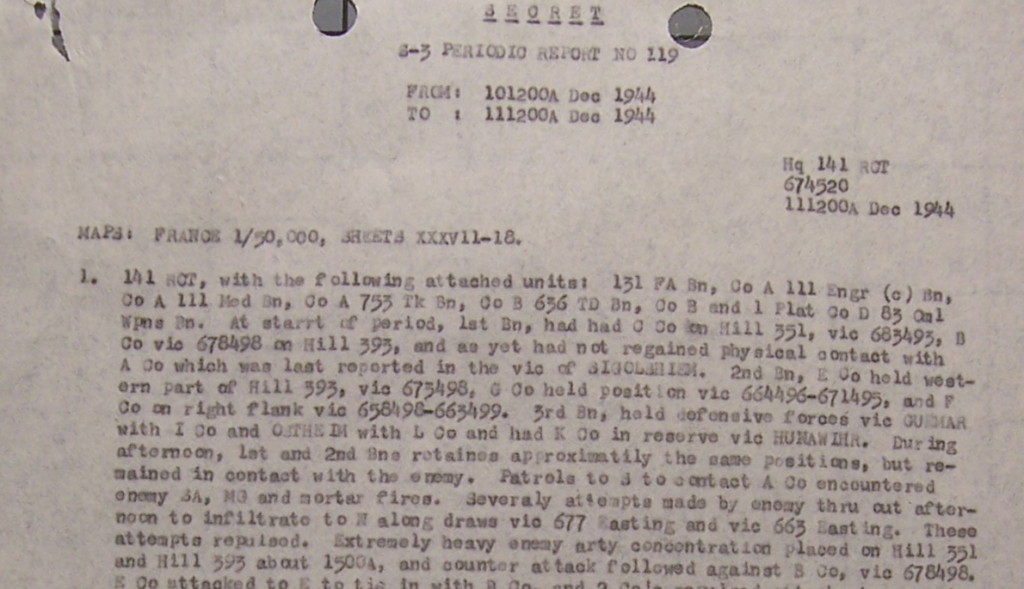
If you google Sigolahiem and bring it up on a modern map, you can look for where it is in relation to one of the 3 French maps on the coordinator site. After looking at all 3 maps, we see that the Map- French Lambert Zone 2 – is the best choice and section “WK” seems to be closet. It takes some practice to be able to look at the modern map and figure out which of the grid maps on the site is the correct one.
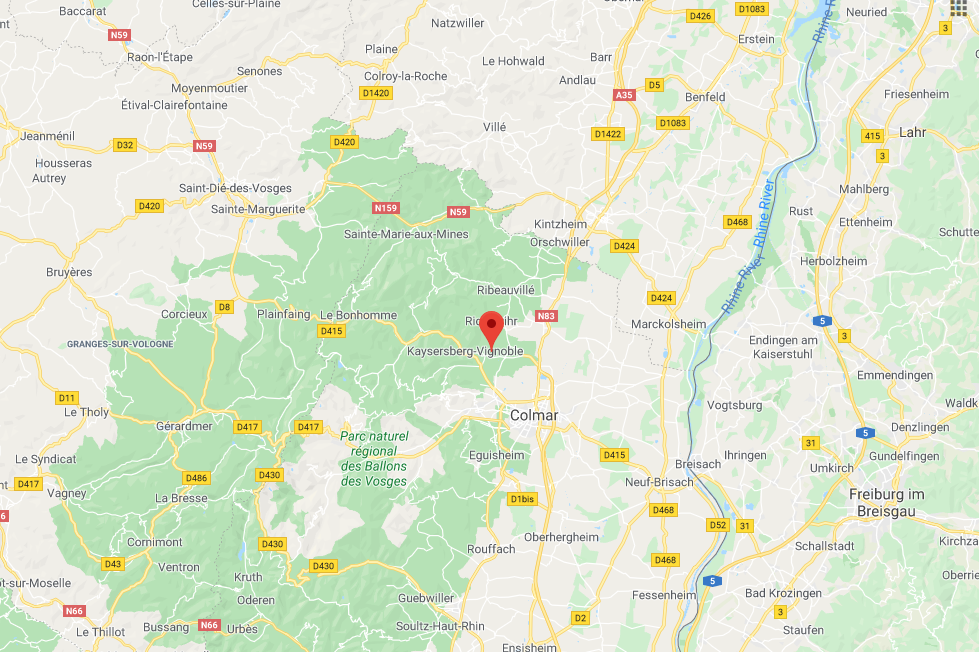
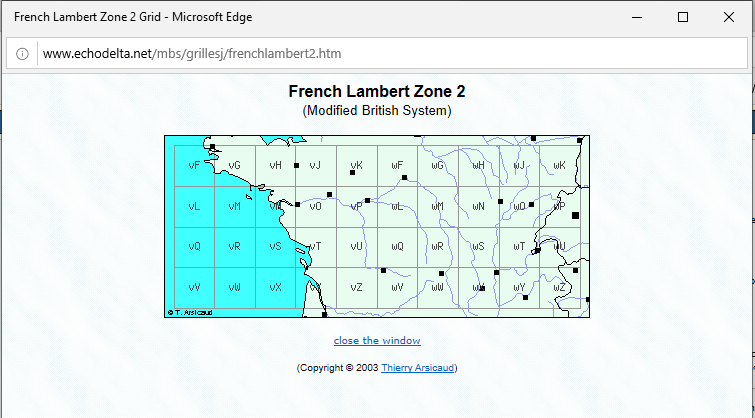
Once you have determined the correct map and 2 letter code you can type in the information, in this case WK683493, into the coordinates translator box and it converts it to a modern map . Often this takes trial and error, sometimes you choose the wrong 2 letter code, it helps to have a general idea of where the coordinates are located, a nearby town, river etc…
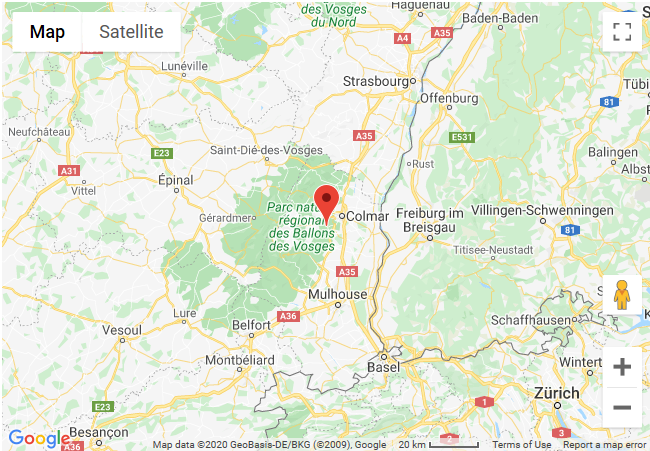
You can then zoom in, switch to satellite view if I want and get very close image of the exact location, in this case the location of Company C, 141st Infantry Regiment on December 10-11 1944
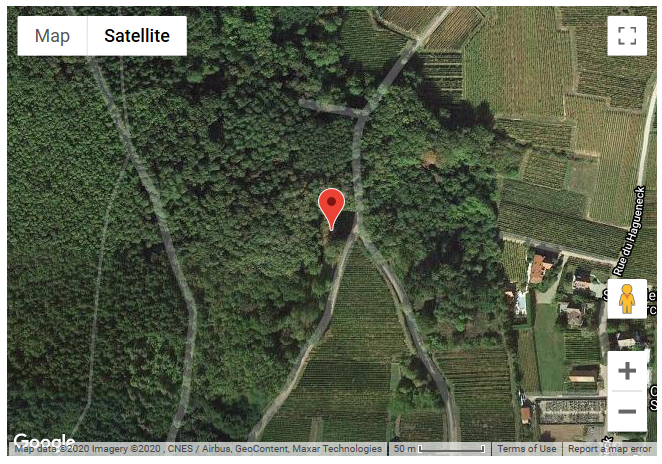
This will work for 4 digit codes as well, but you will always need to know the 2 letter code, plus which map to get the correct location.
